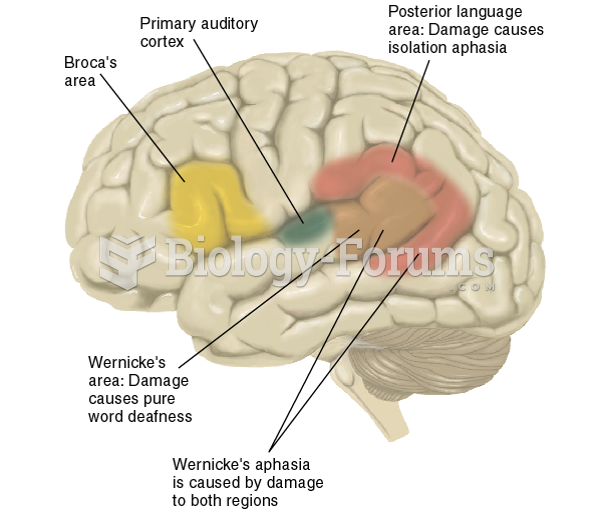Answer to Question 1
The LAD, as proposed by Chomsky, is an innate, uniquely human set of cognitive and perceptual abilities that predispose the child for language learning. It is a language processor that logically includes some knowledge of structural properties of language, and it aids the child in inferring phonological, semantic, and syntactical regularities of language to which the child is exposed. Evidence in favor of the LAD includes (a) the finding of universals in the order of children's language development, especially during the prelinguistic period (crying, cooing, babbling); (b) evidence that congenitally deaf children exposed to sign language display a pattern of language acquisition similar to that found for spoken language in hearing children; (c) evidence that initial language and second language acquisition are easier during certain critical periods; and (d) evidence that nonhumans, such as primates, do not acquire a comparable level of language development even with special training. On the negative side, the proposed biological basis for LAD has not been demonstrated. The critical period for acquisition assumed by nativists has been shown to be only a sensitive period. Other conflicting evidence is that some animals do display limited acquisition of language and that children in other cultures do share at least some common language experiences, by virtue of being human. Finally, nativist theory specifies little with regard to how the proposed LAD actually works, and thus it is descriptive rather than explanatory with regard to children's language development.
Answer to Question 2
A






